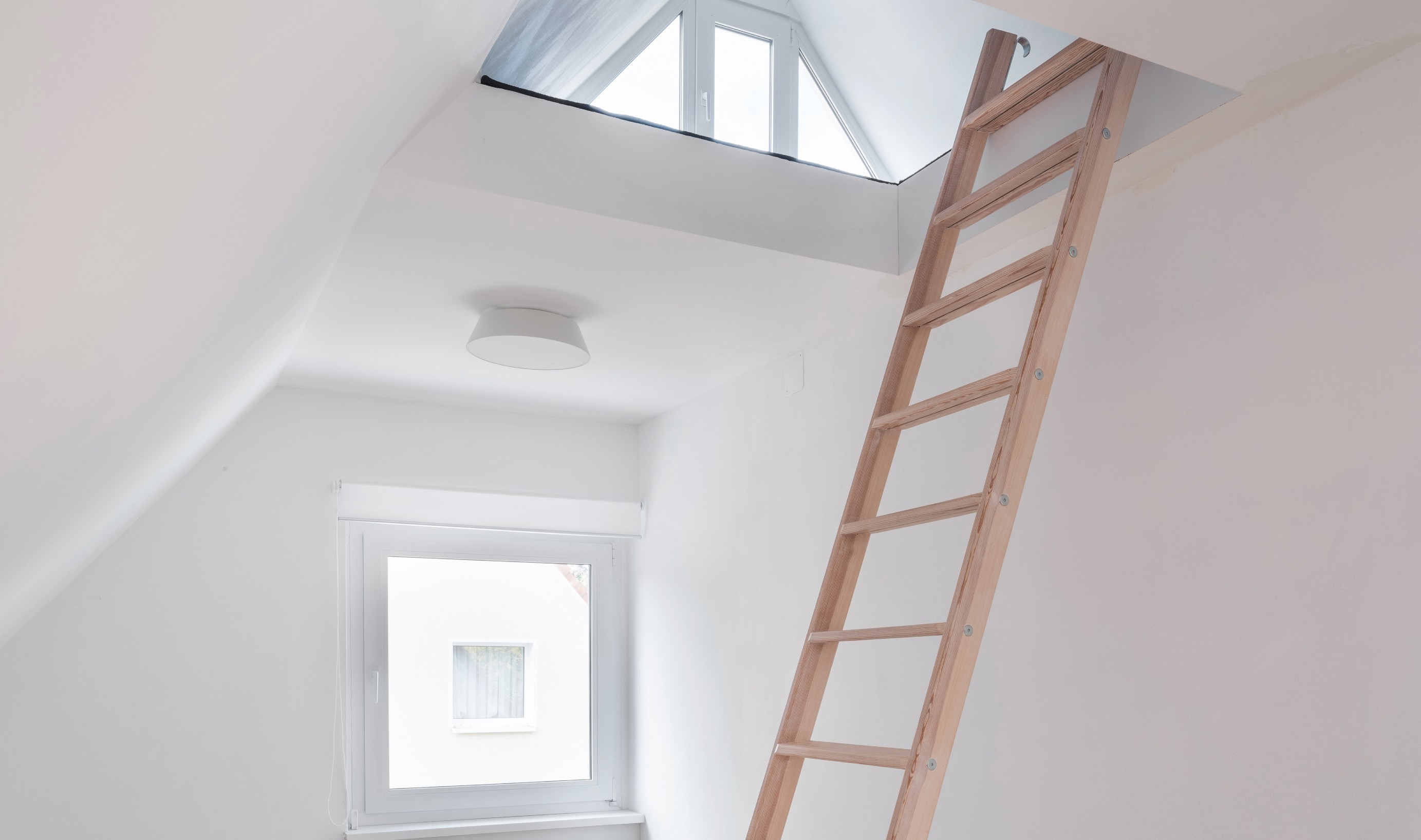

Attic storage is essential for stashing away things like seasonal items and boxes of hand-me-down kids clothes. The trick is getting up there and back down safely while carrying those boxes of holiday decorations or kids’ winter clothes. If you don’t have attic stairs or a ladder designed specifically for attics, or if yours is unsafe and needs replacing, you have some options.
Before tackling this relatively simple DIY project, read all manufacturer’s instructions for the unit you’re going to install. Here are a few things to consider before making a purchase.
Cost of a new attic ladder
The cost of installing a new attic stair assembly varies depending on labor and materials. The unit itself can cost from $100 for lightweight wooden fold-out stairs to $1600 for a fire-rated steel scissor attic ladder. The cost of other materials, like bolts and wood for reinforcing the trusses, would be under $100.
Of course, DIYing the project would save on the labor cost. Otherwise, plan to pay someone for 2 to 4 hours of labor. And, if you’re installing an electric version, you may need to hire an electrician to wire it in, adding to that labor.
- Keep reading: Attic insulation - a guide to types, costs, and how to insulate your attic
Where to place your attic stairs
If your home doesn’t have a point of access for the attic, you can put it where it’s most convenient for you. Consider the following when creating a new attic hatch.
Typically, an attic hatch is placed between the attic trusses. Anything smaller will make carrying boxes through it difficult. And, if you plan to store large items in your attic, a larger opening would be ideal.
Reinforce the joists where you plan to place the stairs with additional framing to support the ladder assembly and your weight.
If you’re installing folding stairs, choose a location that affords plenty of clearance for the stairs to swing out and down. (See how to measure, below.)
Think about where you’ll step once you get to the top. Carrying a large box up to the attic and immediately having to tiptoe across the rafters isn’t fun or safe.
Also, make sure you’ll have plenty of headroom at the top of the stairs.
Types of attic ladders
Attic ladders either fold, telescope, scissor, or slide up into the attic space. Telescoping ladders can be mobile and stored elsewhere. Wood is the most popular material but they also come in aluminum and steel.
The best attic ladder for your home is one you can raise and lower easily and is strong enough to hold the weight of your heaviest family member plus whatever they may be carrying. The professionals recommend choosing a load weight of at least 300 pounds.
A few distinguishing features of each type of attic stairs or ladders include:
Telescoping
- Takes up less space than folding
- Collapses into itself
- Pull the bottom step and the ladder extends
- Easiest to install
Scissor
- Has scissor-style collapsible rungs
- Doesn’t require a lot of space to unfold
- Installed similarly to telescoping ladder
Folding
- Stronger than telescoping
- Takes up space on attic floor when folded
- More difficult to install
- Install requires hatch reinforcement
Electric
- Directly wired to a switch that raises and lowers
- May require the help of an electrician
- Otherwise installed similarly to folding stairs
- Ideal for residents who would struggle to lower the stairs manually
- Can be smart device operated
What to consider when purchasing new attic stairs
There are a few key considerations that will help you choose the right attic stairs or ladder for your space.
Attic and opening dimensions
The dimensions you're working with in your attic hatch opening and the landing space below it will automatically eliminate certain options, and make others stand out at more feasible. There are four particular measurements to take when shopping for an attic stair or ladder assembly.
Height—To determine the right height for your situation, measure from the ceiling, where your access door is located, to the floor directly underneath. Purchase a ladder designed for your ceiling’s height. Most units will fit a ceiling height of 7-10 feet.
Hatch opening size—Next measure the opening for the attic. If you’re going to purchase a ready-made assembly, you’ll want a standard-sized opening, which is 22.5 x 54 inches.
Clearance—Folding stairs require a swing clearance before they settle onto the floor. The standard measurement is 74 inches. You also want to place your stairs where you’ll have at least 2-feet of clearance in front of the bottom step to make ascending and descending safe and easy.
Landing space—This measurement is how much floor space will be taken up from the wall behind the stairs to in front of the bottom rung when the ladder is fully extended. It varies depending on the ceiling height and could range from 4 to 5 ½ feet.
- Keep reading: Attic ventilation - a guide to types, costs and installation
Attic stair materials
Attic stair ladders come in aluminum, steel, and wood.
Aluminum
- Strong
- Easy to install
- Not susceptible to moisture
- Have adjustable length stringers
Steel
- The most expensive choice
- Best choice for frequent use
- Moisture resistant
- Fire resistant
Wood
- Most popular choice
- Least expensive
- Not fire or moisture-resistant unless treated
If you plan to use your attic for anything other than storage, choosing a fire-resistant material is important. Before adding a TV and gaming chairs for the kids in your newly found space, make sure the stair assembly you choose has a “fire-rated” certification.
Other things to think about when installing attic stairs
- Install weather stripping around the perimeter of the hatch door, foam insulation to the door panel, and make sure the door closes tightly to prevent heat loss.
- Never use an attic ladder that is wobbly or has loose steps. The legs, or stringers, of the ladder must seat firmly on the floor.
- Do not attempt to use a ladder that doesn’t reach the floor. And if it’s too long, trim the stringers to fit.
- For additional safety, choose a unit with a handrail and steps rather than rungs, with a non-slip surface.
- If you have wooden, folding stairs, periodically check all bolts on the stringers and jambs, and that there are no gaps in the stringers when extended, to make sure your ladder is secure.
Join our newsletter
Get small space home decor ideas, celeb inspiration, DIY tips and more, straight to your inbox!
Carol J. Alexander writes website copy, blog posts, and feature articles on home remodeling and construction topics from her home in the Shenandoah Valley of Virginia. In addition to Real Homes, notable clients include, This Old House, Family Handyman, and Florida Roofing magazine.
-
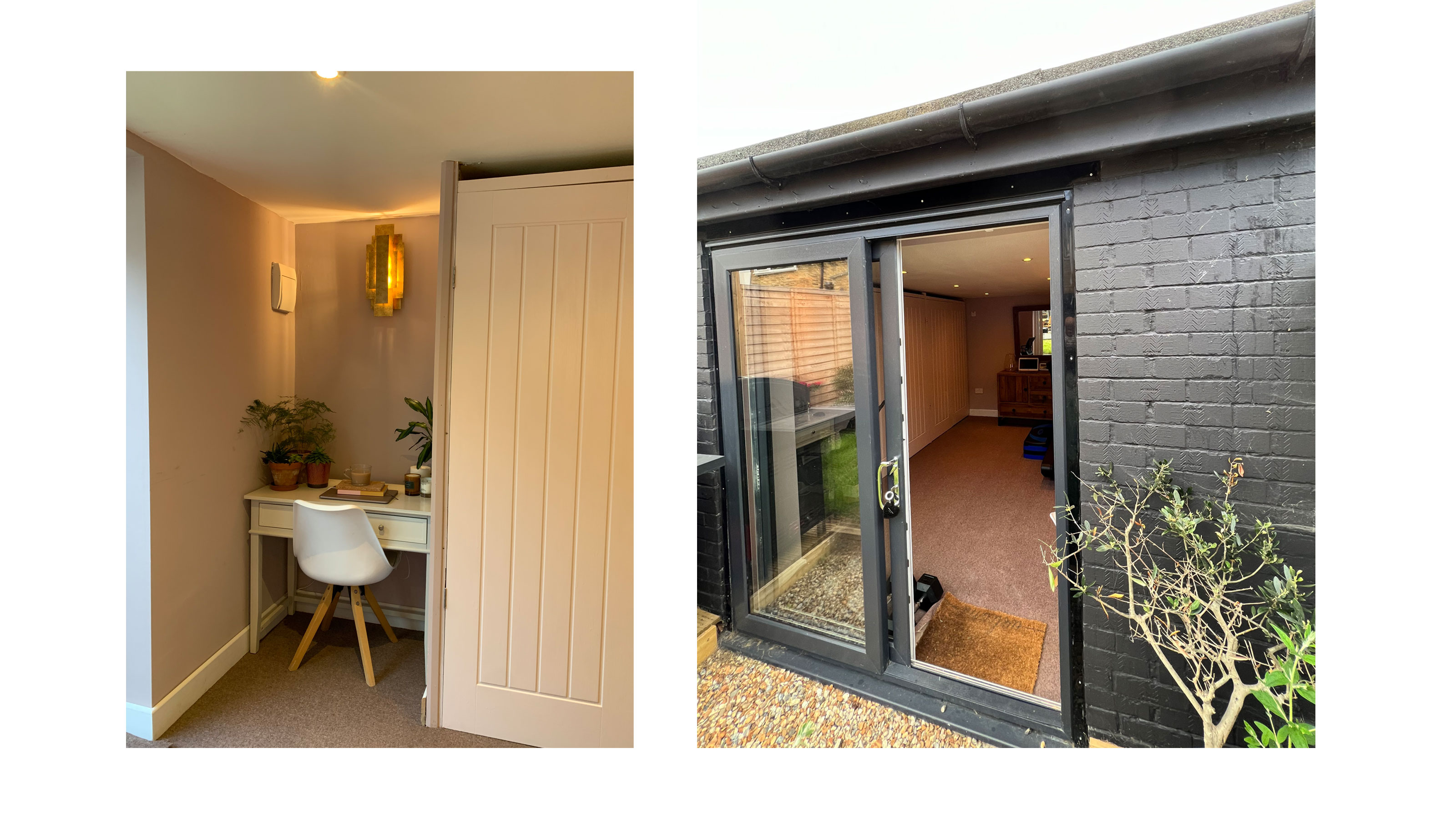 How to turn a garden room into a modern home office
How to turn a garden room into a modern home officeTransforming a garden room into a home office is an awesome way to add function and personality to an unused outbuilding
By Kate Sandhu
-
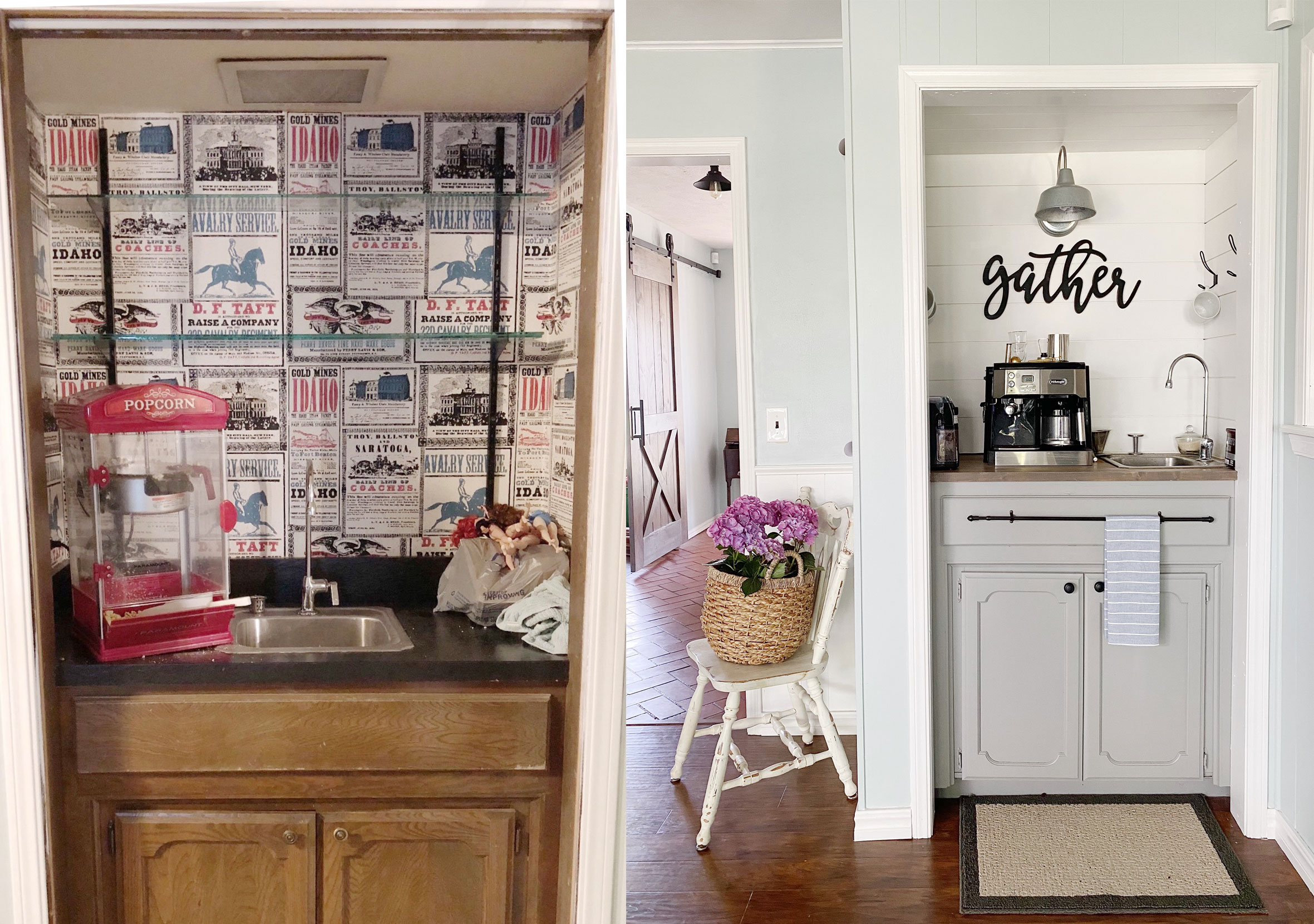 Real Costs: An old wet bar becomes a Farmhouse style coffee nook for $250
Real Costs: An old wet bar becomes a Farmhouse style coffee nook for $250DIYer Dori Turner transformed a dated wet bar into a dreamy coffee nook for less than $250. This is how.
By Dori Turner
-
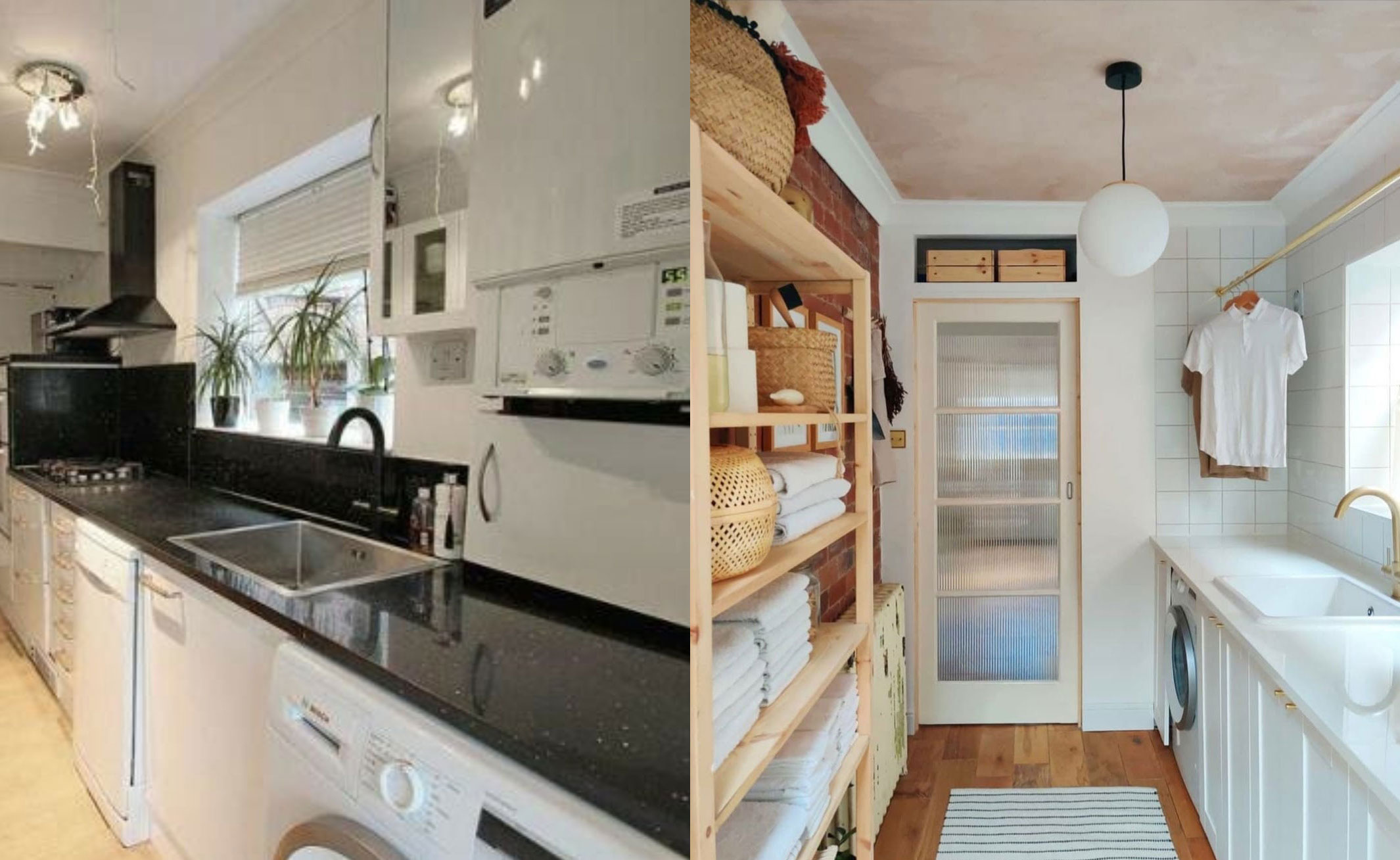 Real Costs: A tiny galley kitchen becomes an airy utility room for less than £1k
Real Costs: A tiny galley kitchen becomes an airy utility room for less than £1kOne DIY pro turned his tiny galley into a light and air utility room with heaps of storage. And it only cost this much...
By Jo Lemos
-
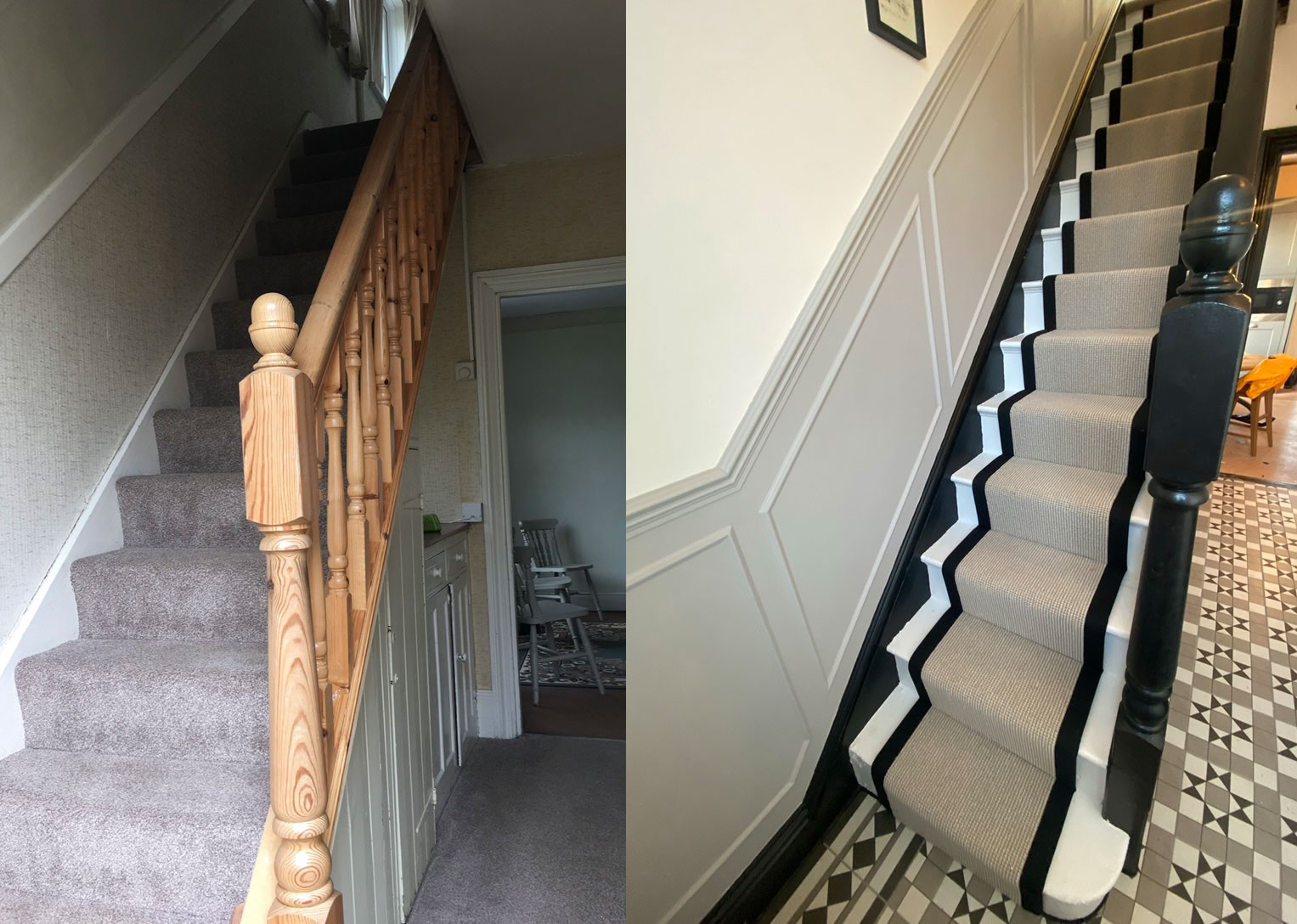 Real Costs: This blah hallway got a complete makeover for less than £2k
Real Costs: This blah hallway got a complete makeover for less than £2kIt even included a cool doggy hangout for the homeowner's pooch
By Camille Dubuis-Welch
-
 No-demo living room reno – how this dated space became farmhouse gorgeous
No-demo living room reno – how this dated space became farmhouse gorgeousOne homeowner created a stylish farmhouse living room – without any demolition whatsoever – this is how she pulled off the transformation, on a budget.
By Dori Turner
-
 This pre-loved pastel kitchen found a new home as part of a stunning renovation project
This pre-loved pastel kitchen found a new home as part of a stunning renovation projectThis gorgeous soft-toned kitchen transformed a couple's extension and renovation project – we've never seen a second-hand kitchen look this good
By Anna Cottrell
-
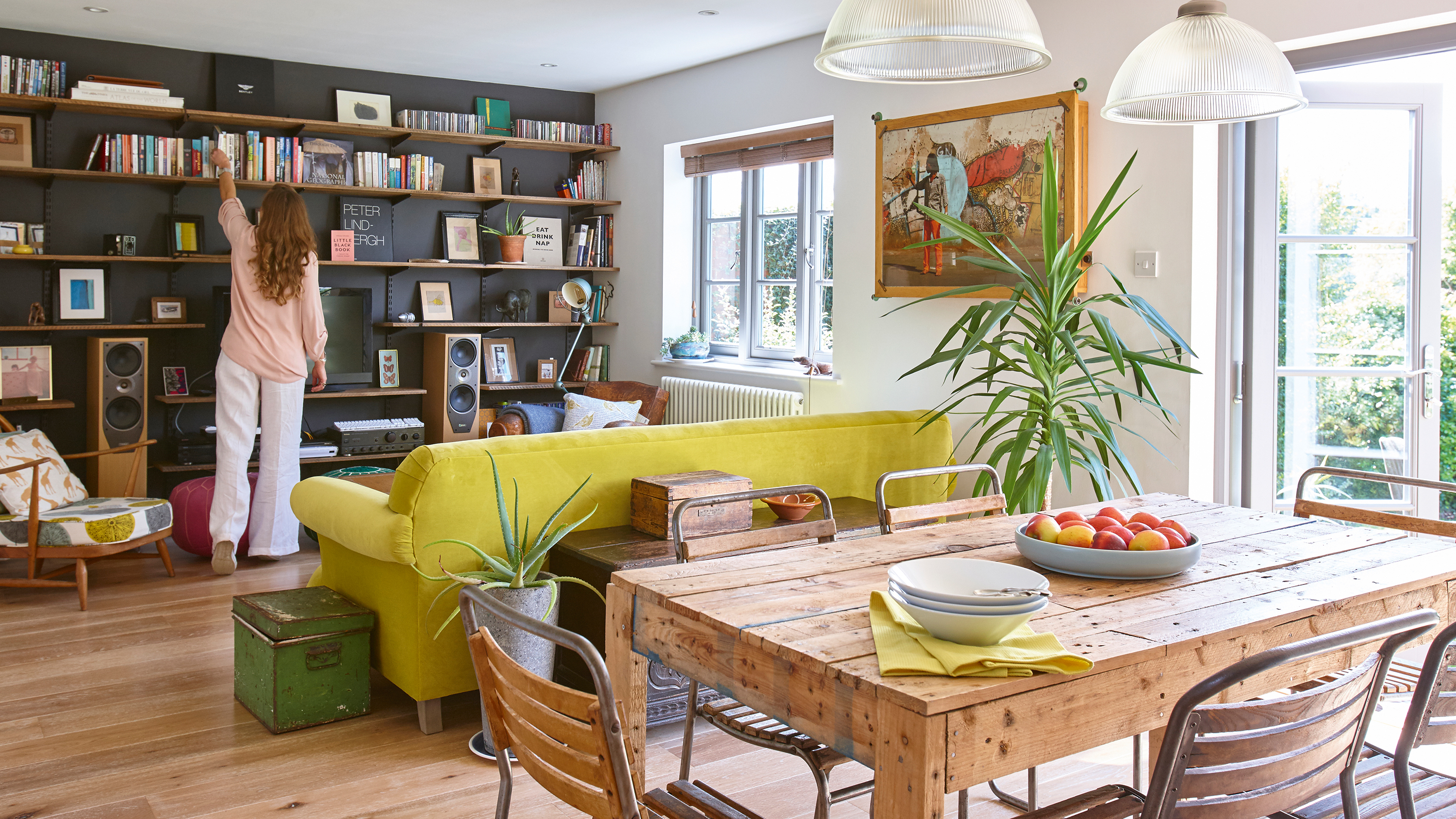 Before & after: A stunning country cottage makeover with a budget-friendly secret
Before & after: A stunning country cottage makeover with a budget-friendly secretBudget-smart Alexandra and Toby Hull used stylish finds that others had thrown out to furnish their spacious renovated house
By Maxine Brady
-
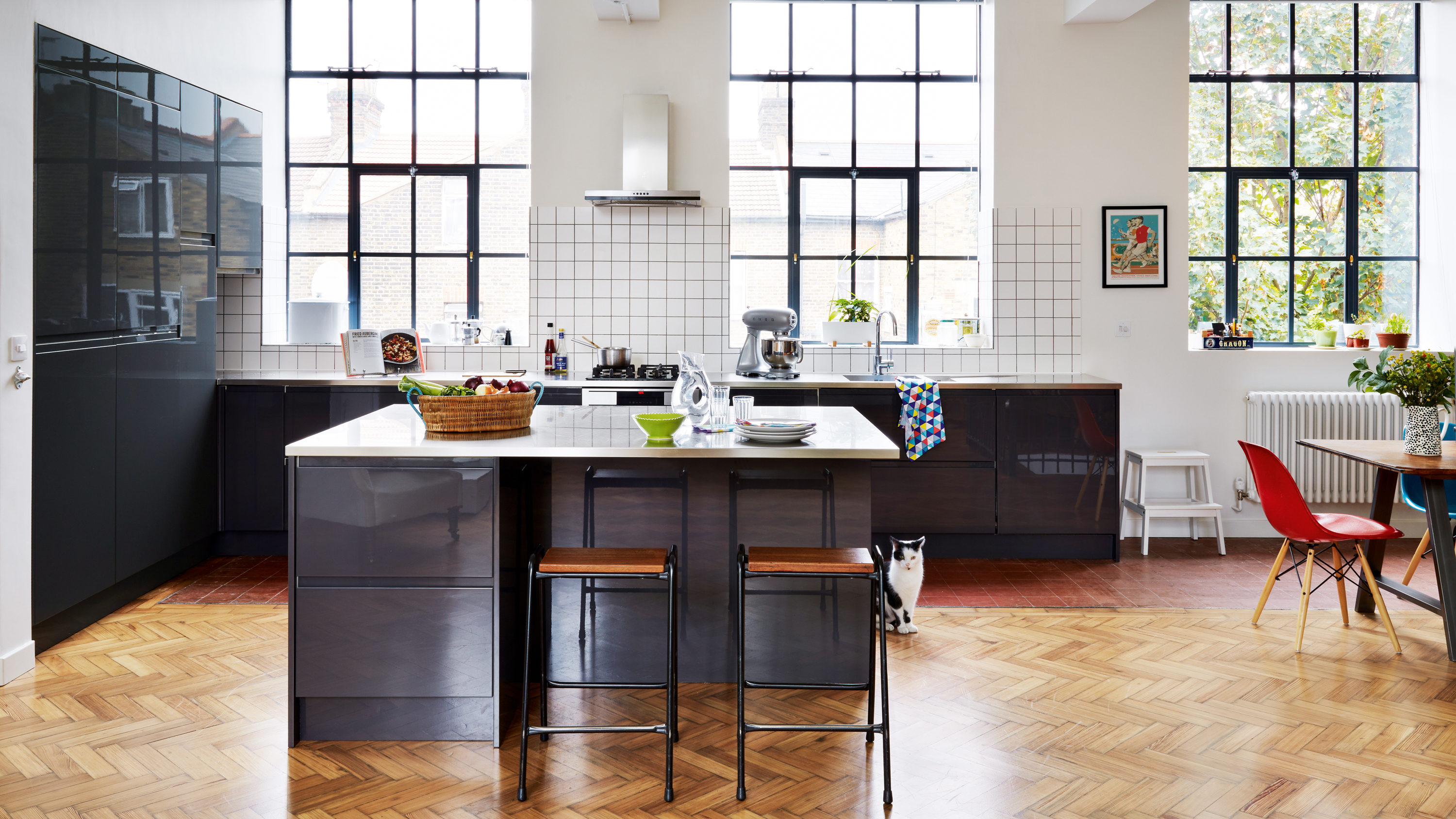 Before and after: A former school science lab becomes an industrial-style kitchen
Before and after: A former school science lab becomes an industrial-style kitchenIt's hard to believe this cool, contemporary kitchen was once part of an old school
By Ellen Finch